BBP 40th Anniversary


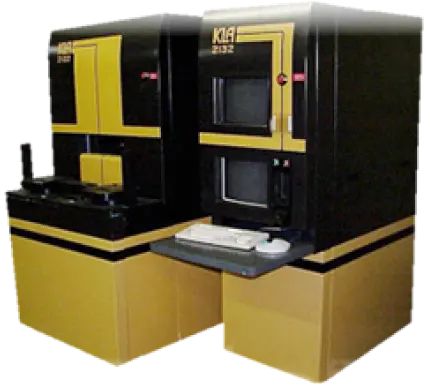
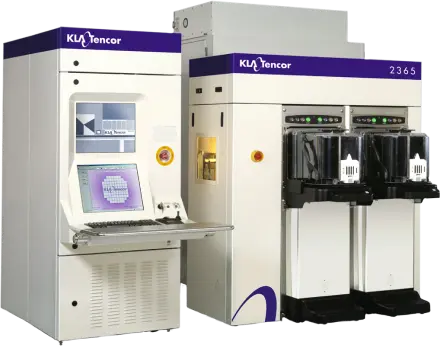

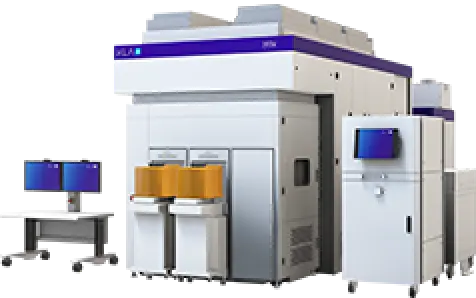

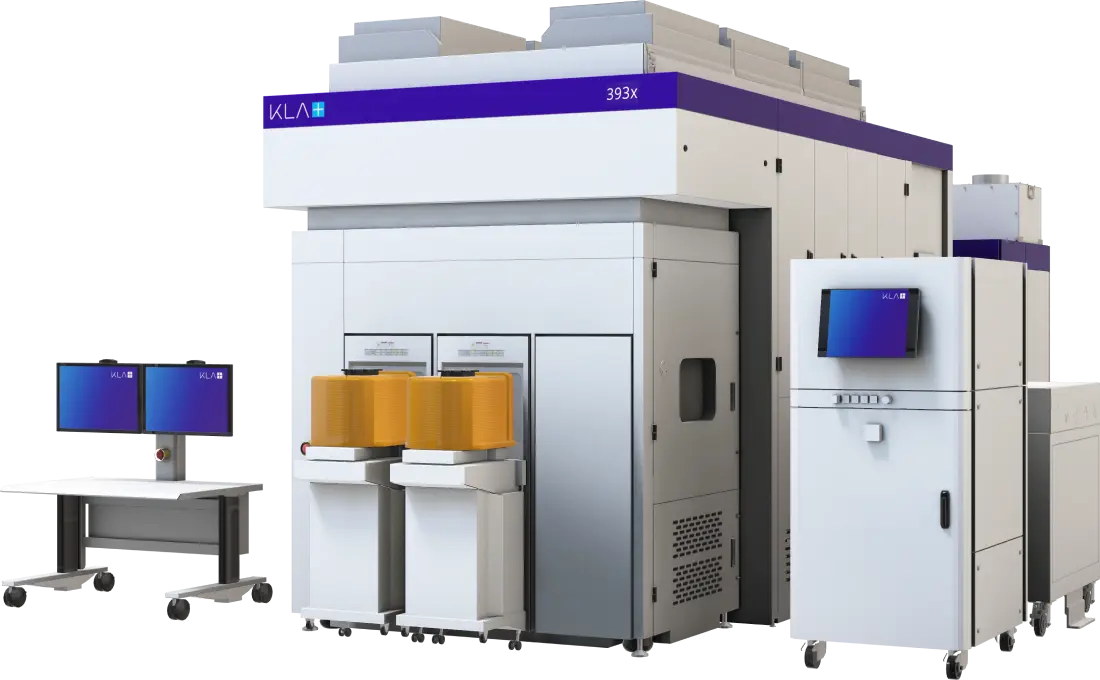

For 40 years our broadband plasma (BBP) patterned wafer inspectors have been at the forefront of defect discovery for the semiconductor industry. Introduced in 1984, the KLA 2020 was the first automated patterned wafer inspection system for chip production, replacing manual inspection by human operators. By providing fast and accurate feedback on fab processes, BBP inspectors moved defect inspection inline, transforming yield management for chip manufacturing.
The BBP product line evolved through the past decades to address industry challenges and inflections, serving as an indispensable part of chipmakers' process control strategies. And BBP inspection is still going strong - our optical innovation continues to keep pace with the semiconductor industry's advancements, ensuring a bright future for BBP!

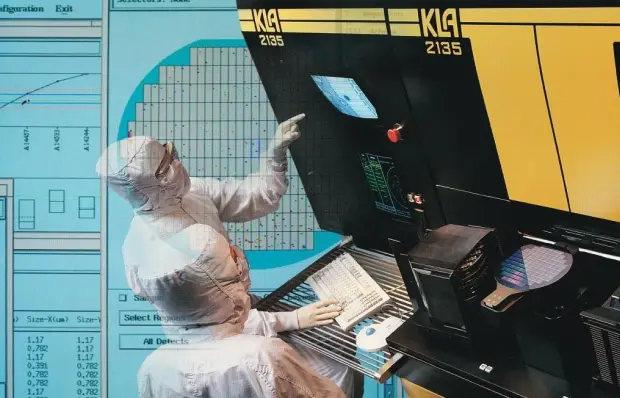

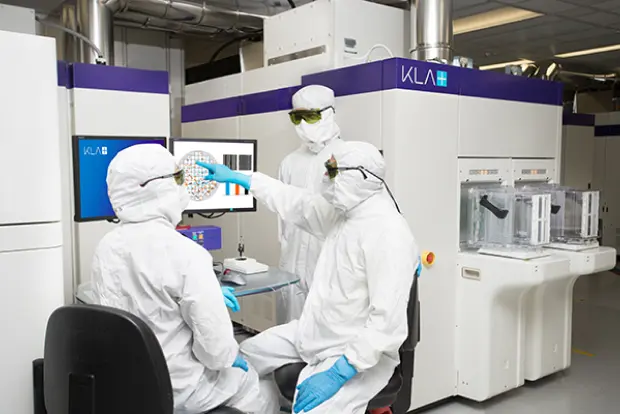
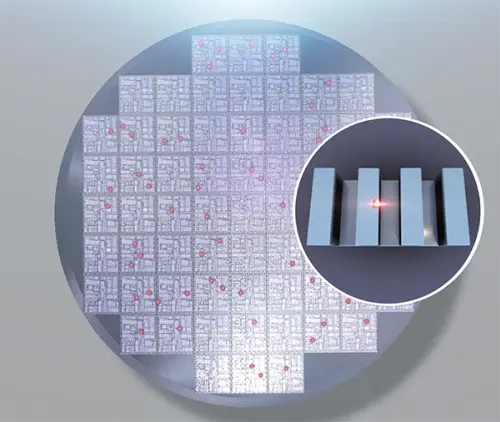
For 40 years our broadband plasma (BBP) patterned wafer inspectors have pushed the boundaries of optical inspection to discover critical defects during chip manufacturing. Hear our executives recount how our BBP inspectors moved inspection inline and became an indispensable part of successful yield management.
Over the past 40 years...
*Numbers represent estimates over the 40 year period from 1984 to 2024
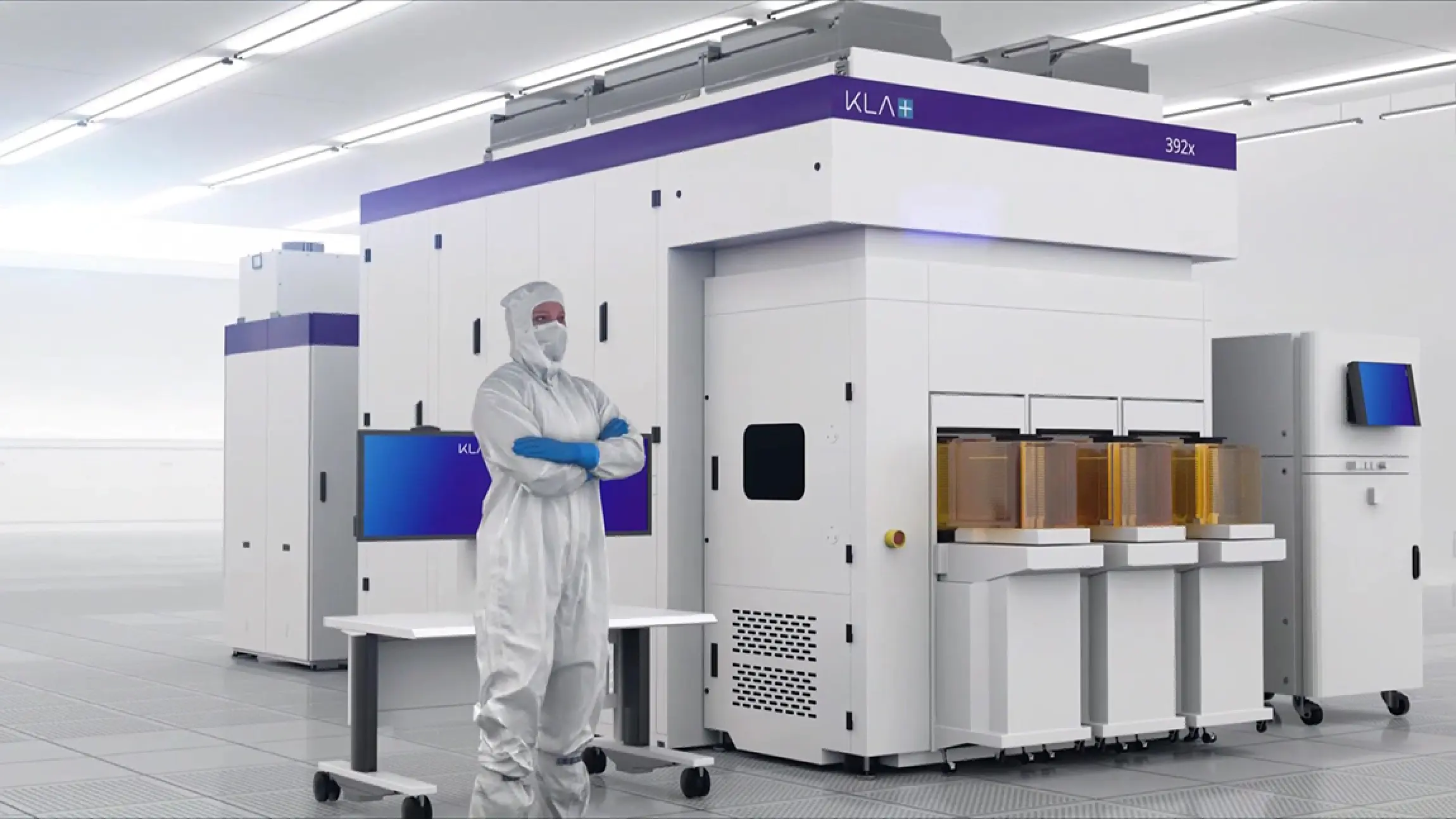
Discovery at the Speed of LightTM
Our customer partnerships and industry collaborations drive the innovation that is at the core of every BBP inspector. By understanding critical industry inflections and challenges, we have consistently developed BBP inspectors with the performance required to help our customers accelerate chip development, ramp faster, and achieve high yield, reliability and quality.
With the unrelenting advancement of semiconductor architectures and processes, we continue to invent novel optical technologies that will extend BBP's legacy of high sensitivity inspection at optical inspection speed into the future.
Learn more about how BBP technologies have evolved over the last 40 years
Light
KLA 2020 Inspector

Wavelength Range
- Tungsten halogen lamp
- Broadband Wavelength Range: 700 – 480nm
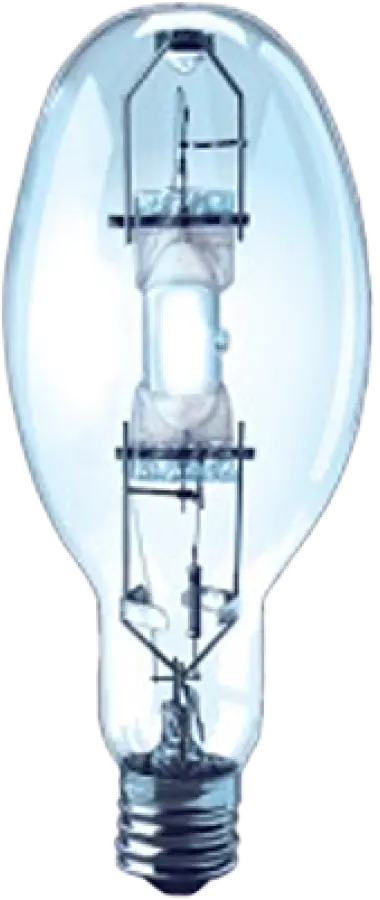
23xx Series

Wavelength Range
- Hg Xe | Xe arc lamp
- Broadband visible to UV (ultraviolet) spectrum: 700 - 360nm

283x and 29xx Series

Wavelength Range
- Broadband plasma light source
- Broadband visible to DUV (deep ultraviolet) spectrum: 450 - 260nm
- The 283x inspectors were the first to use a broadband plasma light source. This illuminator uses a laser to ignite a plasma, creating high brightness broadband light.
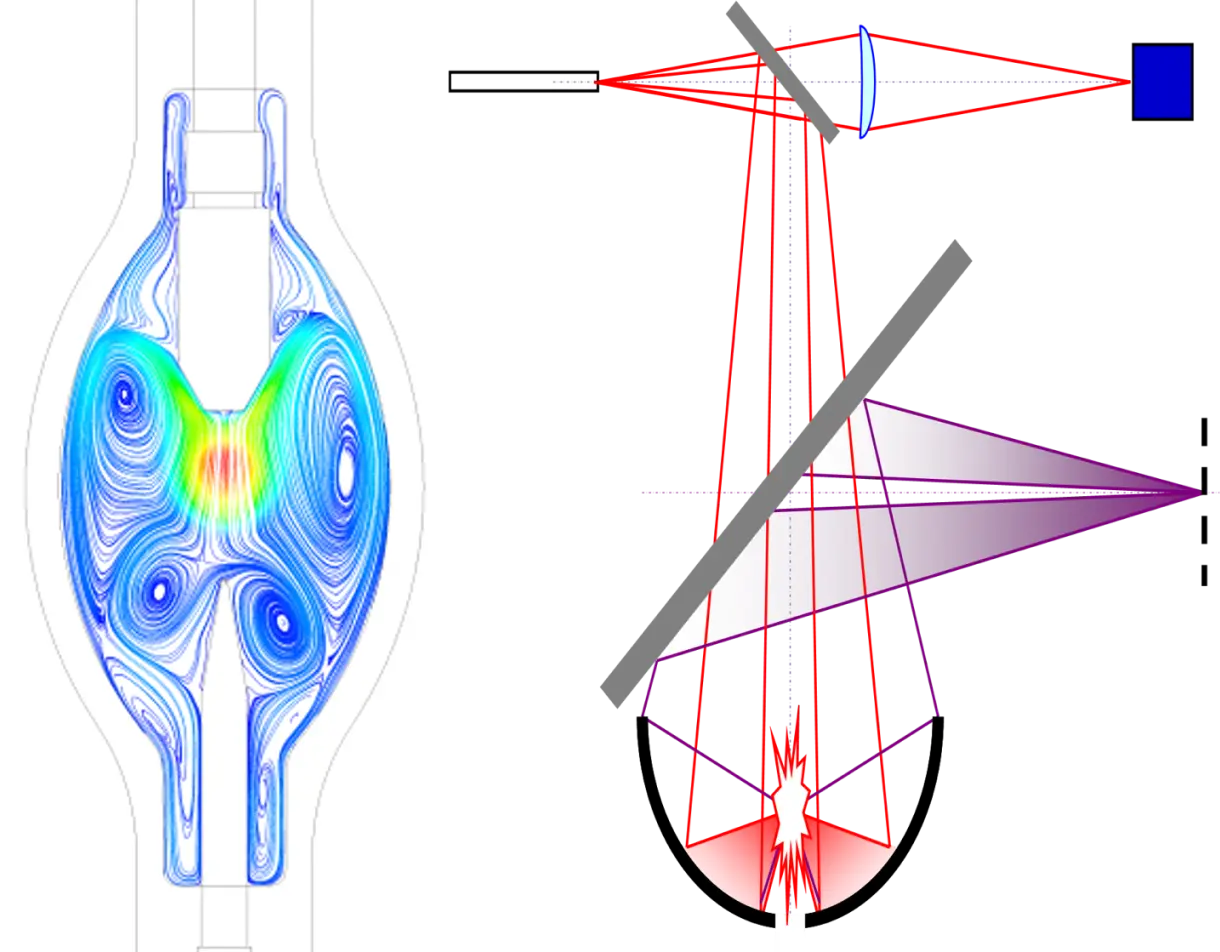
39xx Series

Wavelength Range
- Broadband plasma light source
- Broadband DUV to SR-DUV (super resolution deep ultraviolet) spectrum: 260 - 190nm
- The 39xx has 60x higher light power than BBP tools from 20 years ago
- The brightness of the 39xx Series light source is estimated to be 2x brighter than the surface of the sun
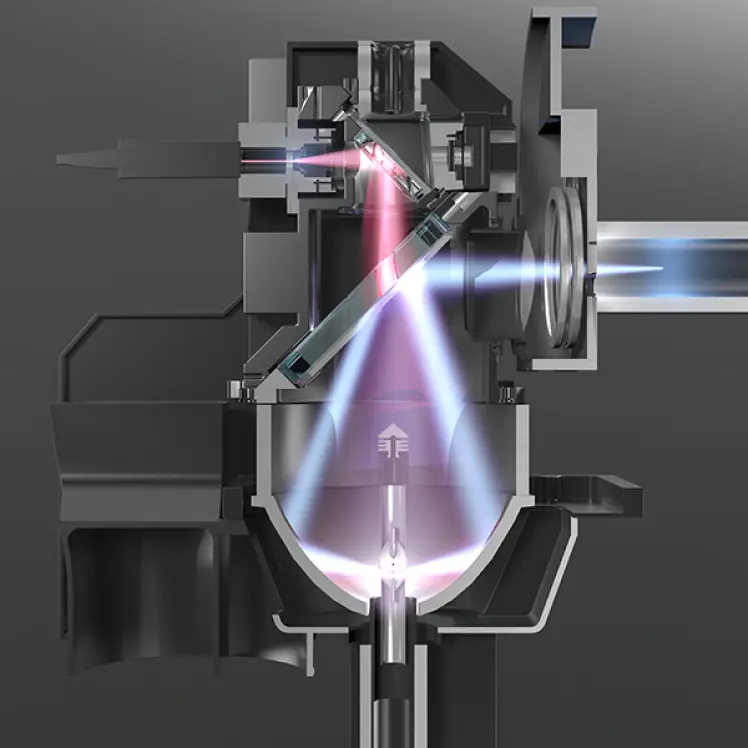
Optics
KLA 2020 Inspector
- Off-the-shelf microscope objectives
- Small enough to fit in your shirt pocket
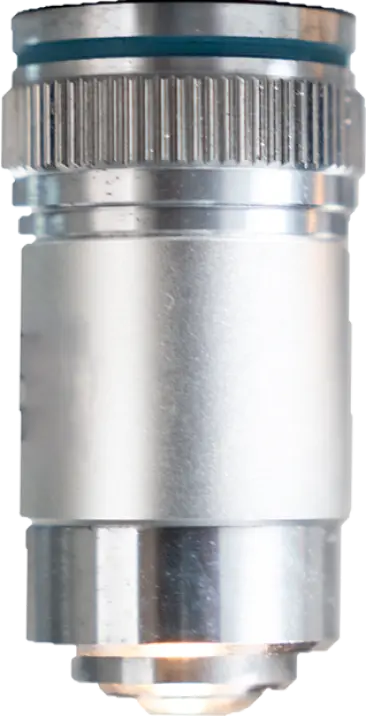
23xx Series

29xx Series
- The 2900 and 2905 inspectors were the first to use a custom, high NA, broadband objective for a wavelength range covering DUV to visible light
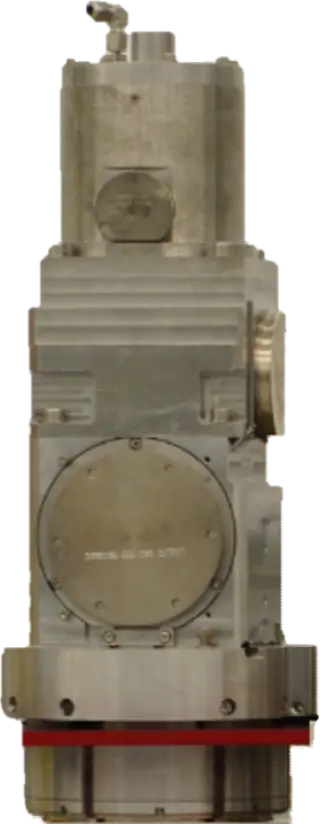
39xx Series
- Custom, high NA, broadband SR-DUV objective, covering DUV to SR-DUV wavelengths
- ~50% of the lenses are CaF2 crystal
- Weighs ~300kg
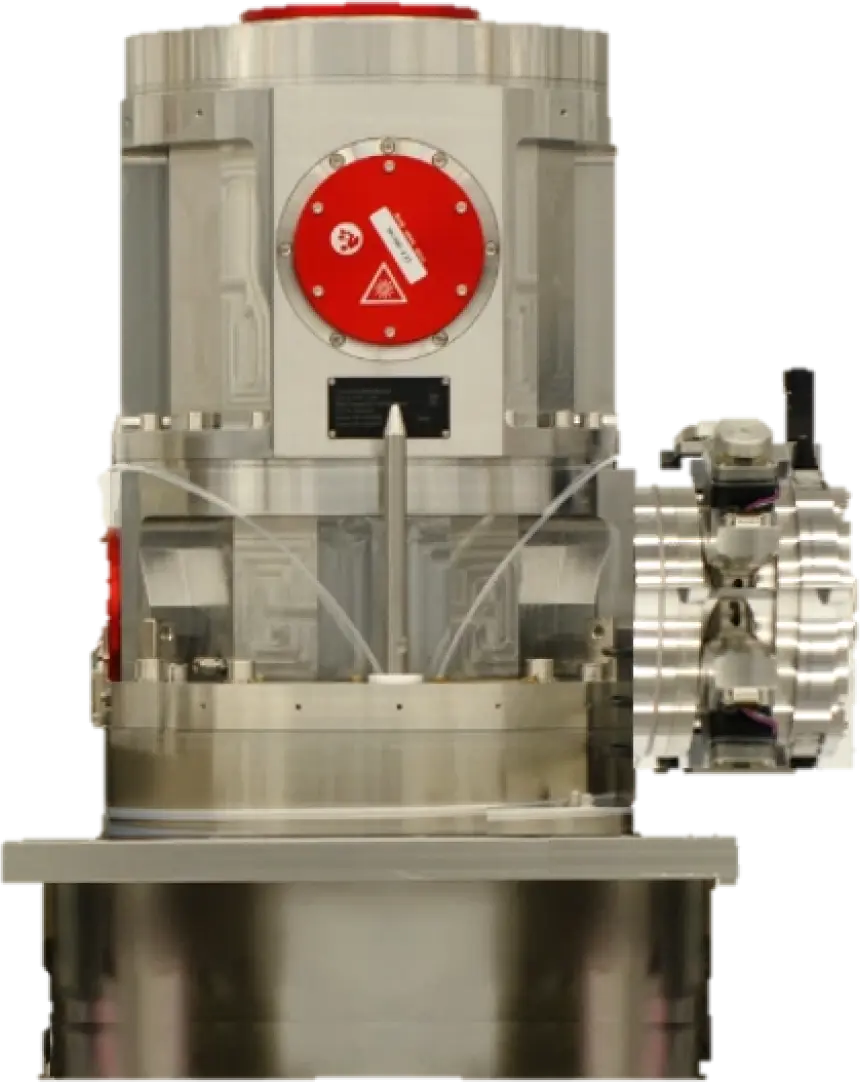
Sensor
KLA 2020 Inspector
- Off-the-shelf sensor
- 0.8 - 1.0 MPPS data rate

21xx Series
- The 21xx Series were the first truly high-speed wafer inspectors due to their use of TDI sensor technology. Time Delay Integration (TDI) sensors are a type of CCD sensor that acquires images while scanning continuously. The 21xx Series TDI sensors provided a 100x increase in data rate over the KLA 2020 inspector.
- 100 MPPS - 0.4 GPPS

23xx - 29xx Series
- KLA's technology group invented and developed DUV TDI sensors for BBP inspectors in 2000. Additional advancements in TDI sensor technology - including architectures, packaging and coatings - enabled steady increase in TDI data rate over time.

39xx Series
- Custom TDI sensor
- 24.8 GPPS
- The 39xx Series' image sensor collects data equivalent to >2000 smartphones simultaneously taking a photo every second.
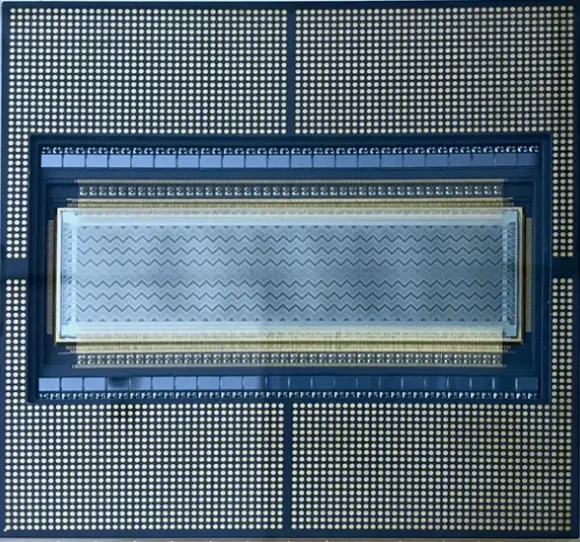
Processing
KLA 2020 Inspector
- Image computer: Motorola 68000 microprocessor with data rate of 0.8 MPPS
- Detection algorithm: fixed single threshold applied to single, full die care area*
*Care areas are designated die areas that will be inspected.

iDOTM
- Introduced on the 2800 inspector in 2005, inLine Defect Organizer™ (iDO™) provides inline, automatic classification of defects. iDO utilizes proprietary information to bin defects by specific attributes. By removing nuisance from the defect population and binning the remaining defects by type, iDO provides actionable inspection results focused on critical defect types.

NanoPointTM
- Introduced on the 29xx Series inspectors in 2013, NanoPoint™ technology automatically generates hundreds of millions of very tiny care areas based on user-defined patterns of interest. Known defect or nuisance locations or circuit design files are used to identify the patterns of interest. NanoPoint focuses BBP inspectors on critical pattern areas, enabling faster identification and resolution of process issues that affect chip quality. Current BBP technologies - pixel•point™ and nano•cell™ - evolved from NanoPoint™ and enable 10s of billions of single pixel care areas.

39xx
- Image computer: Custom GPUs with data rate of 24.8 GPPS
- Detection algorithm: MCAT and MCATx to minimize the impact of wafer noise on defect detection
- Care areas: 100 billion care areas per die generated using pixel•point™ and nano•cell™
- Automatic Defect Classification: Machine-learning based iDO™ 3.0

The People of BBP

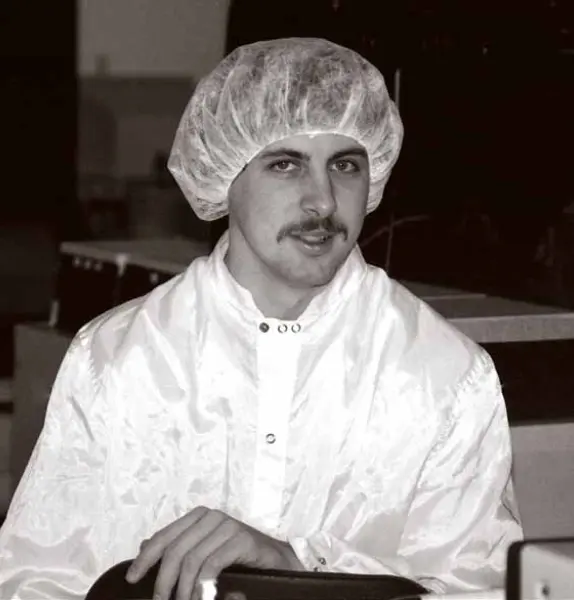
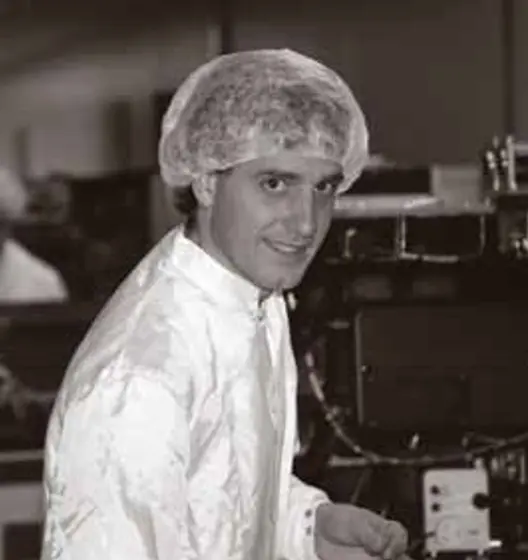

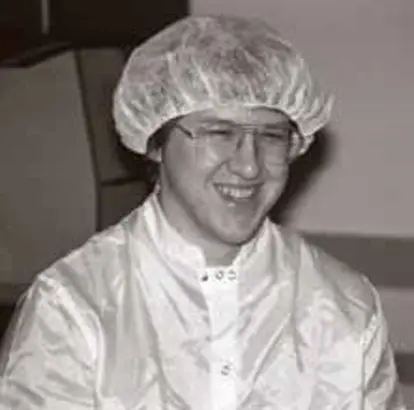
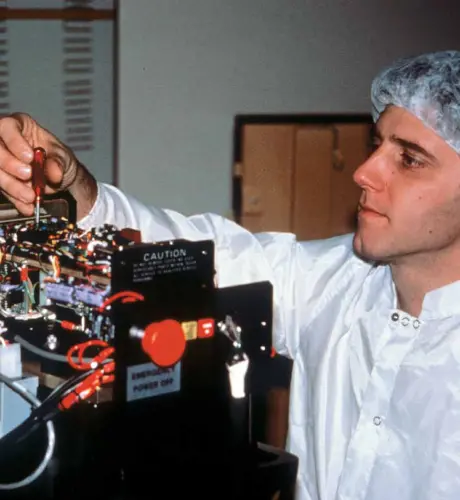
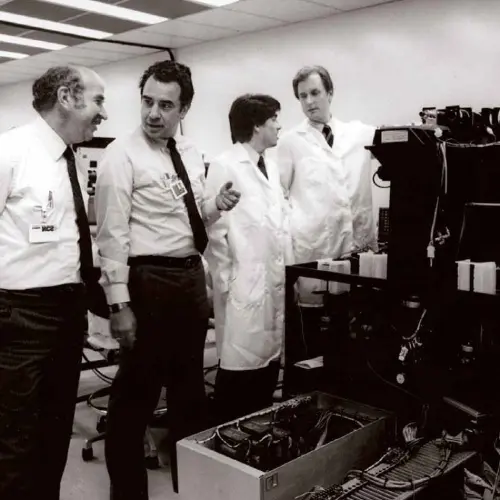



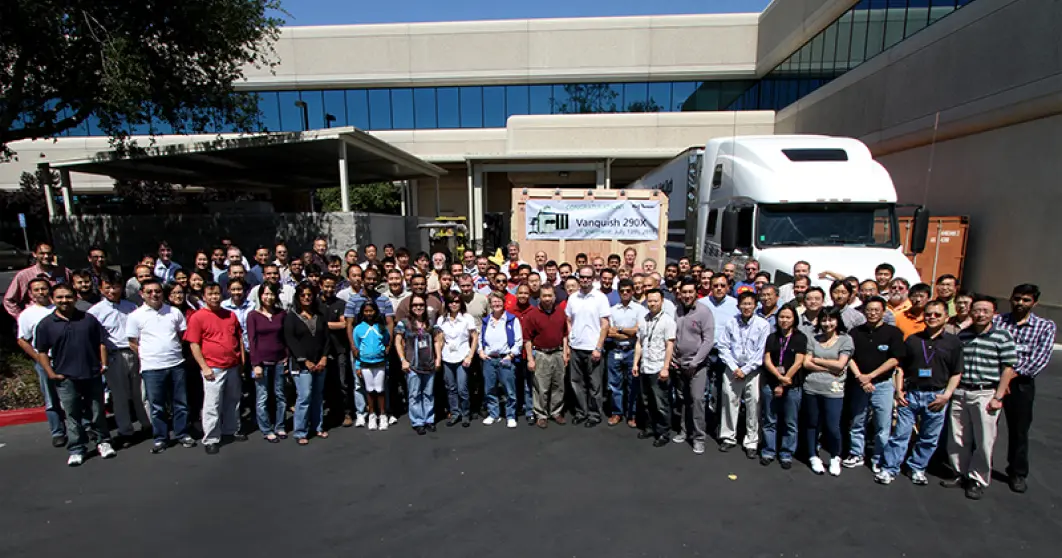

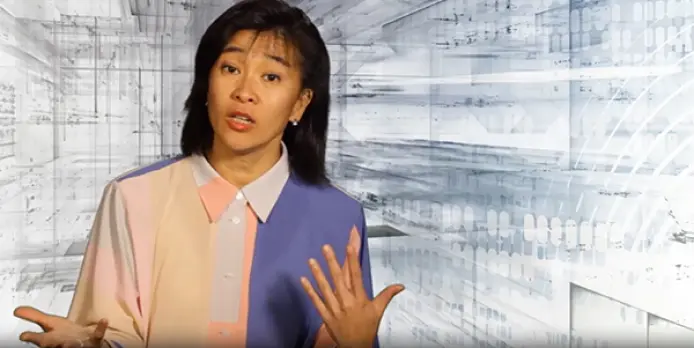

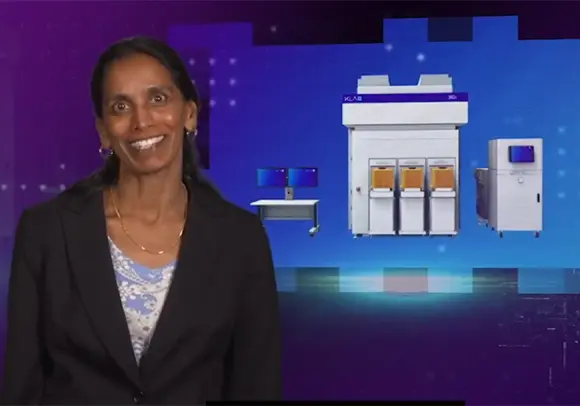
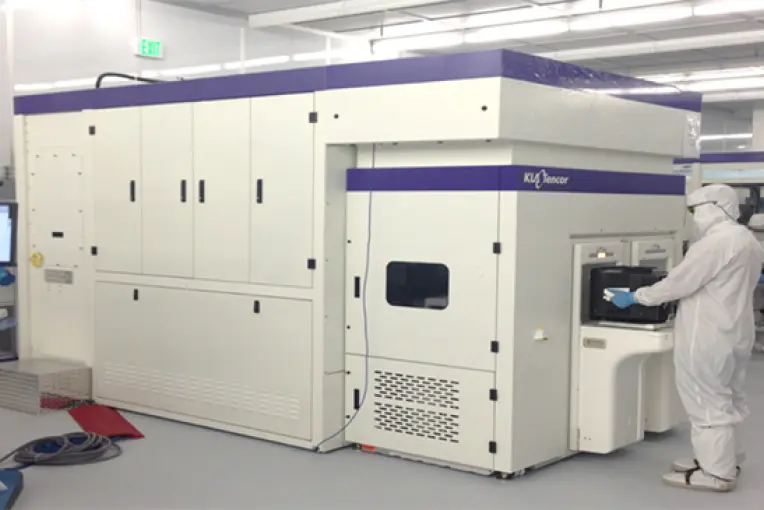

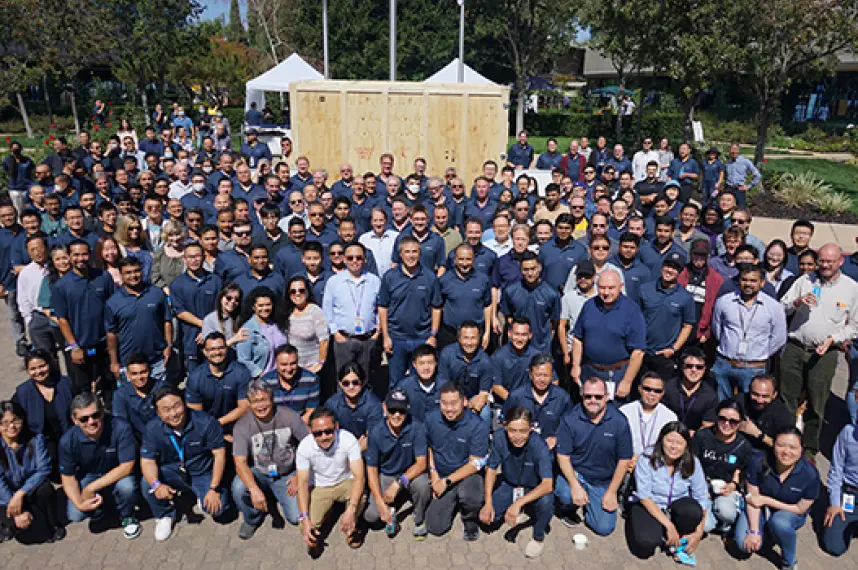



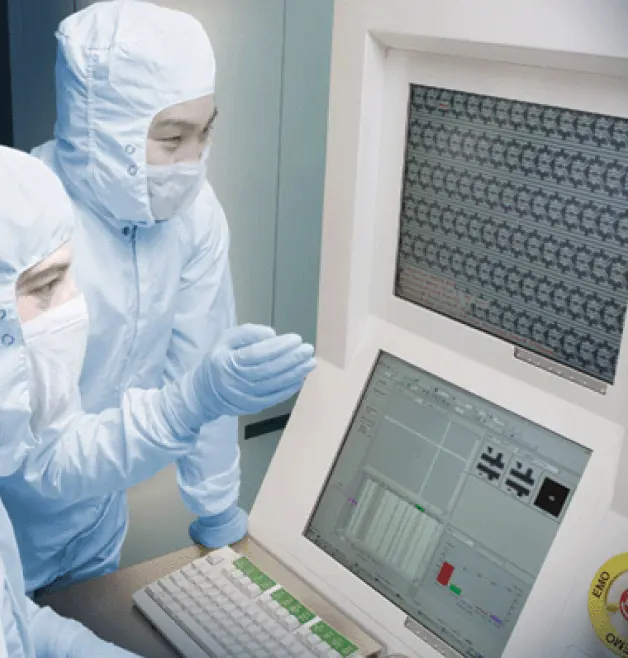
Our global, cross functional team drives the success of the BBP product line
KLA Careers
KLA 2020 Revolutionizes Patterned Wafer Inspection
The KLA 2020 was the first automated patterned wafer inspection system for chip manufacturing, replacing manual inspection by human operators. Known as a brightfield inspector, the KLA 2020 provided fast and accurate feedback on fab processes, launching the yield management era.
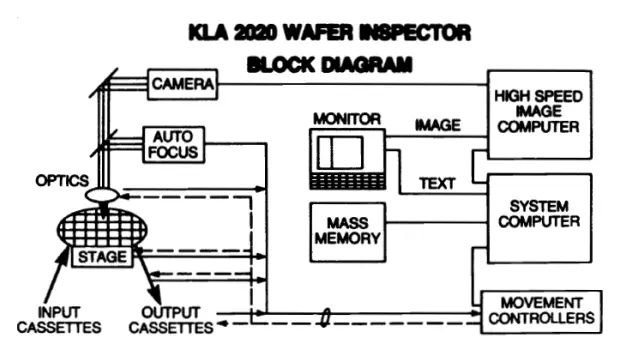
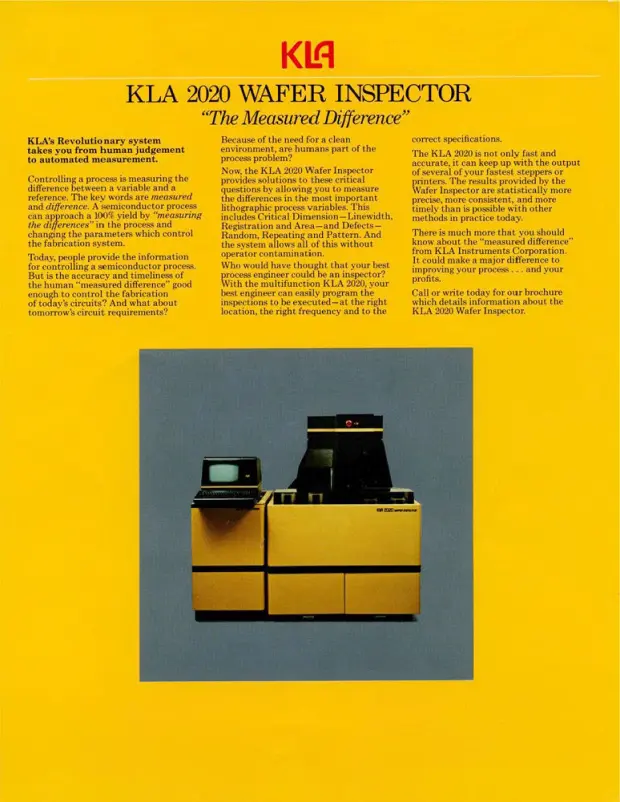
K L Harris, P Sandland, R M Singleton, "Process Control By Automated In-Process Wafer Inspection," Proc. SPIE 0470, Optical Microlithography III: Technology for the Next Decade, (29 June 1984); doi: 10.1117/12.941925

21xx Series Moves Inspection Inline
The 21xx Series systems had the sensitivity to support engineering analysis during R&D. But it was their high speed that was the game changer: with new sensor technology, the 21xx Series systems were fast enough to make inline monitoring a reality for chip manufacturing.
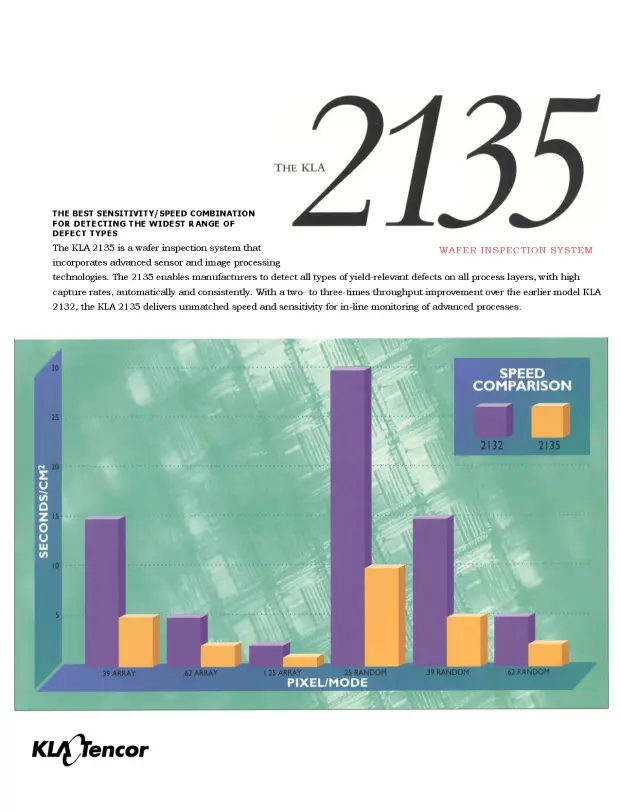




23xx Series Elevates Yield Management
The 23xx Series introduced broadband ultraviolet (UV) illumination technologies to help chip manufacturers tackle the challenges associated with the adoption of copper for interconnects, the reduction of design nodes to 100nm and the transition to 300mm wafers.

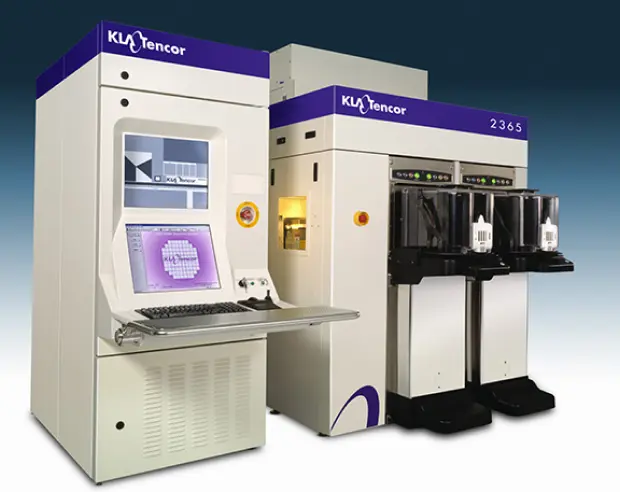
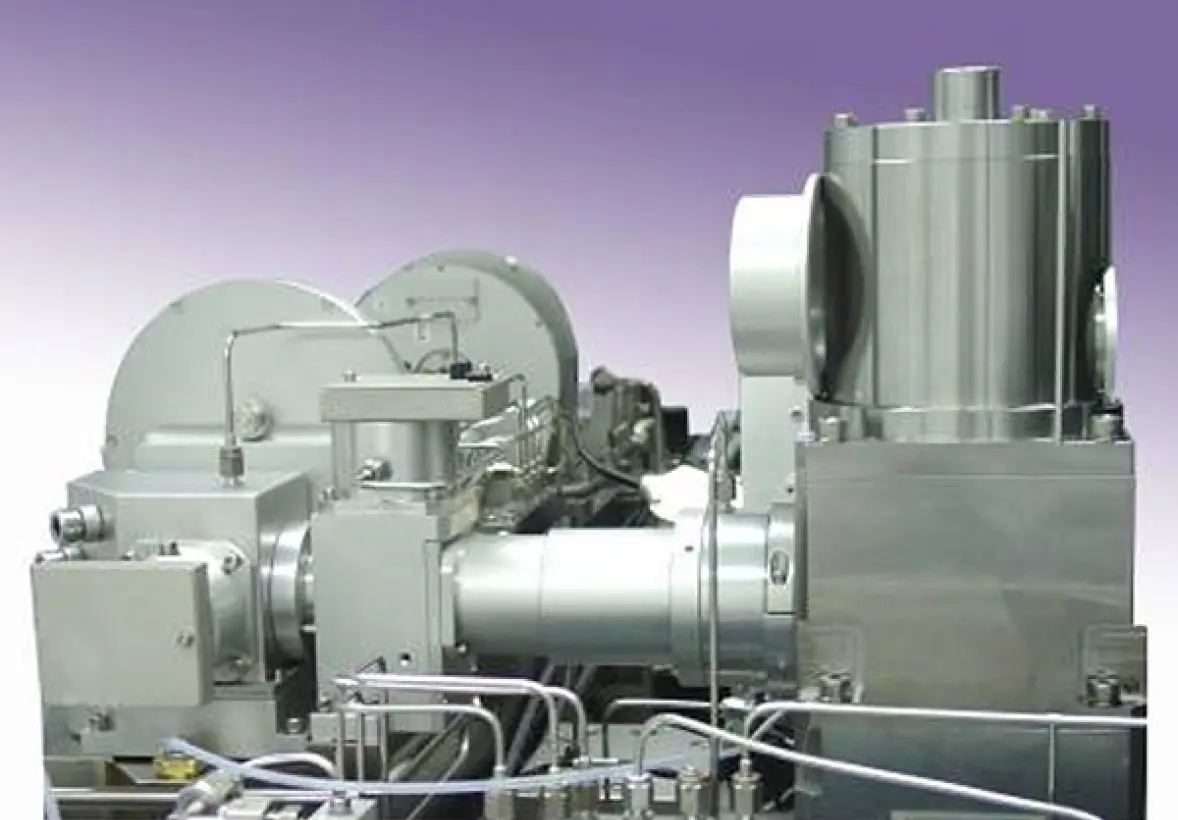
28xx Series Powers Up Broadband
The 2800 inspector added deep ultraviolet (DUV) wavelengths, creating a DUV/UV/visible broadband inspector that captured the wide range of defect types associated with 65nm design nodes and immersion lithography. The 283x was the first to use a laser-pumped plasma light source. The name for this illuminator - broadband plasma or BBP - became the name of this unique class of inspectors.
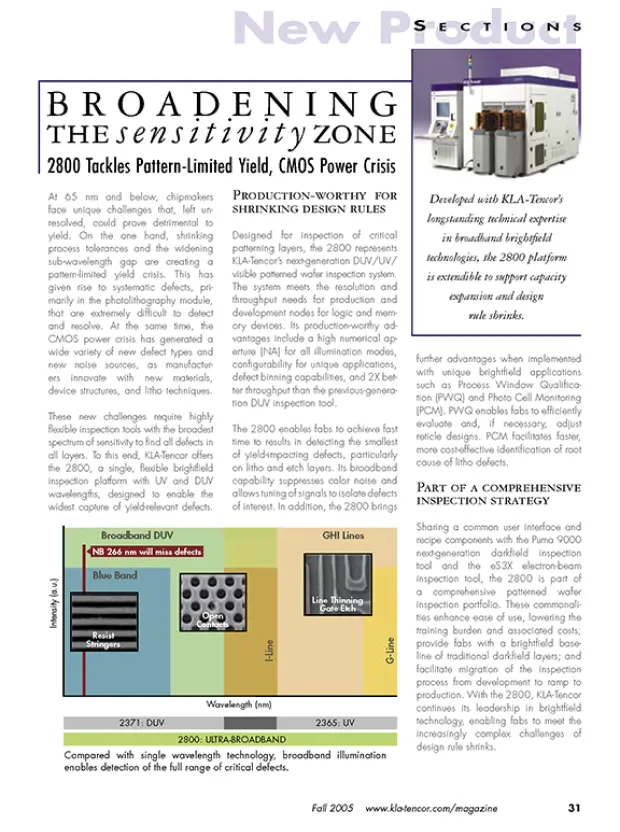
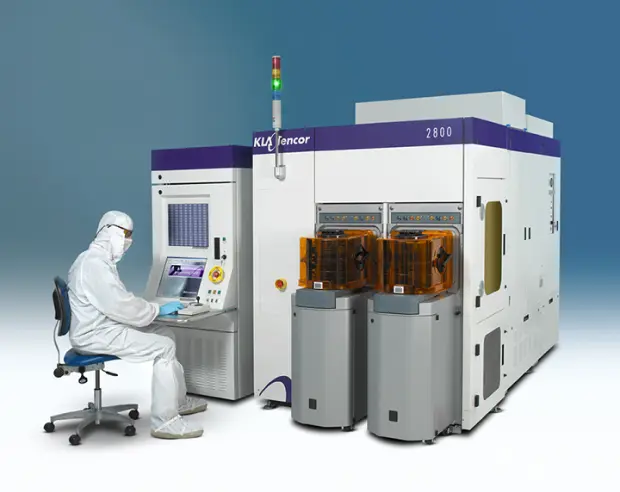
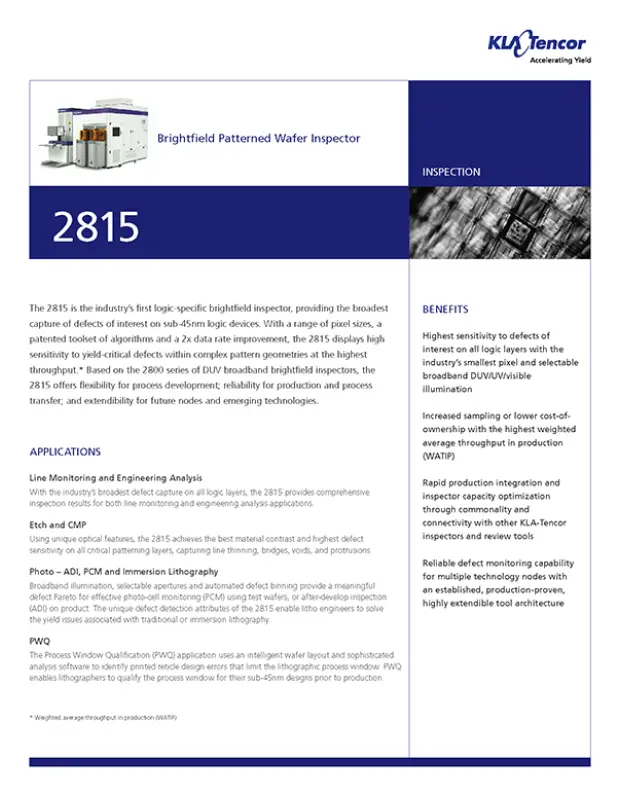
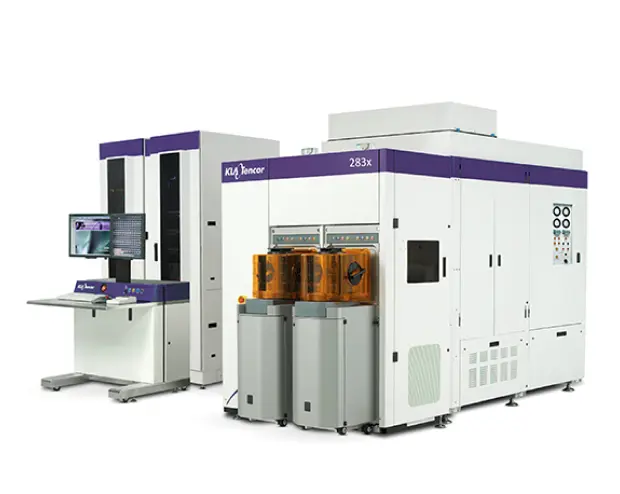

29xx Series Dominates Defect Discovery
From the 290x to the 296x, the 29xx Series systems have been the inspection workhorse of the industry for over a decade with no end in sight. The 29xx Series inspectors discover design and process systematic defects during R&D and capture critical layer excursions during high-volume production.
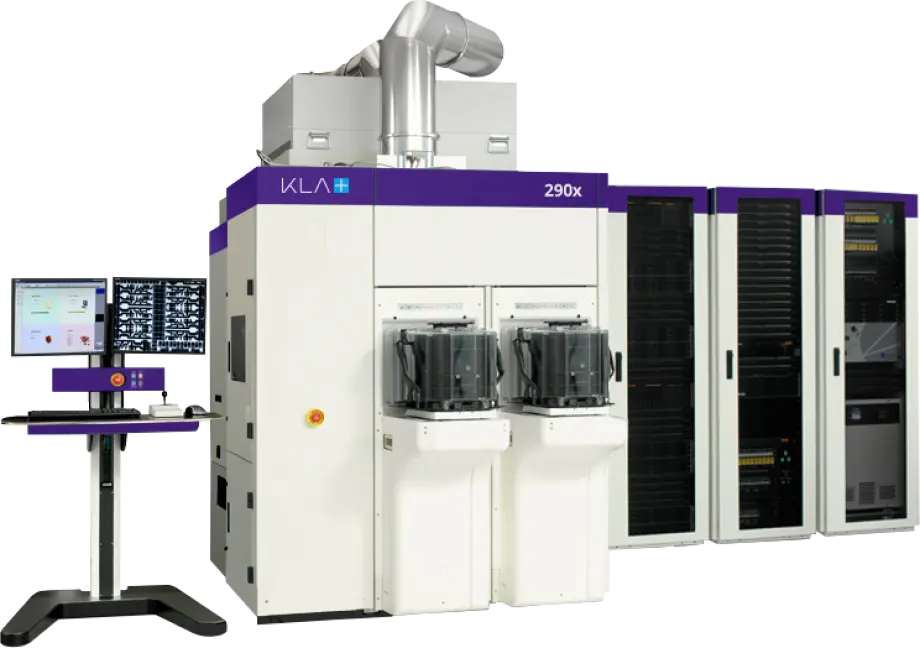
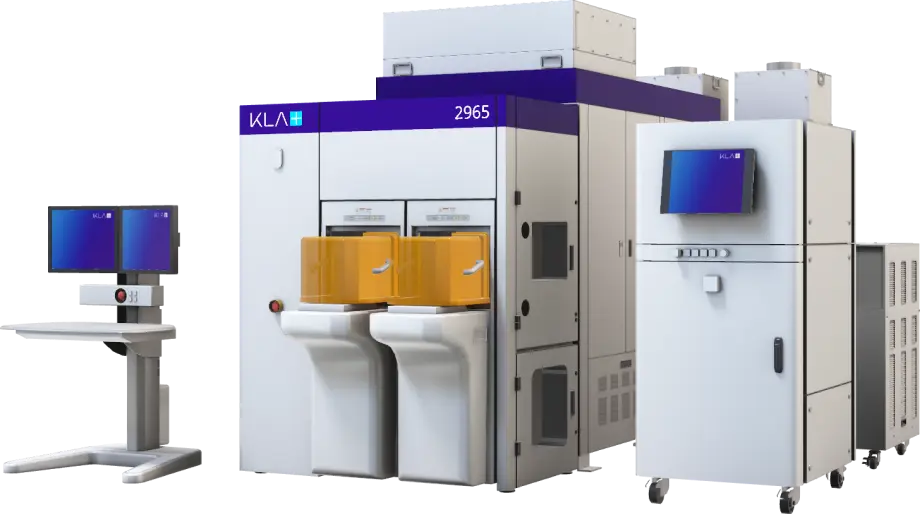
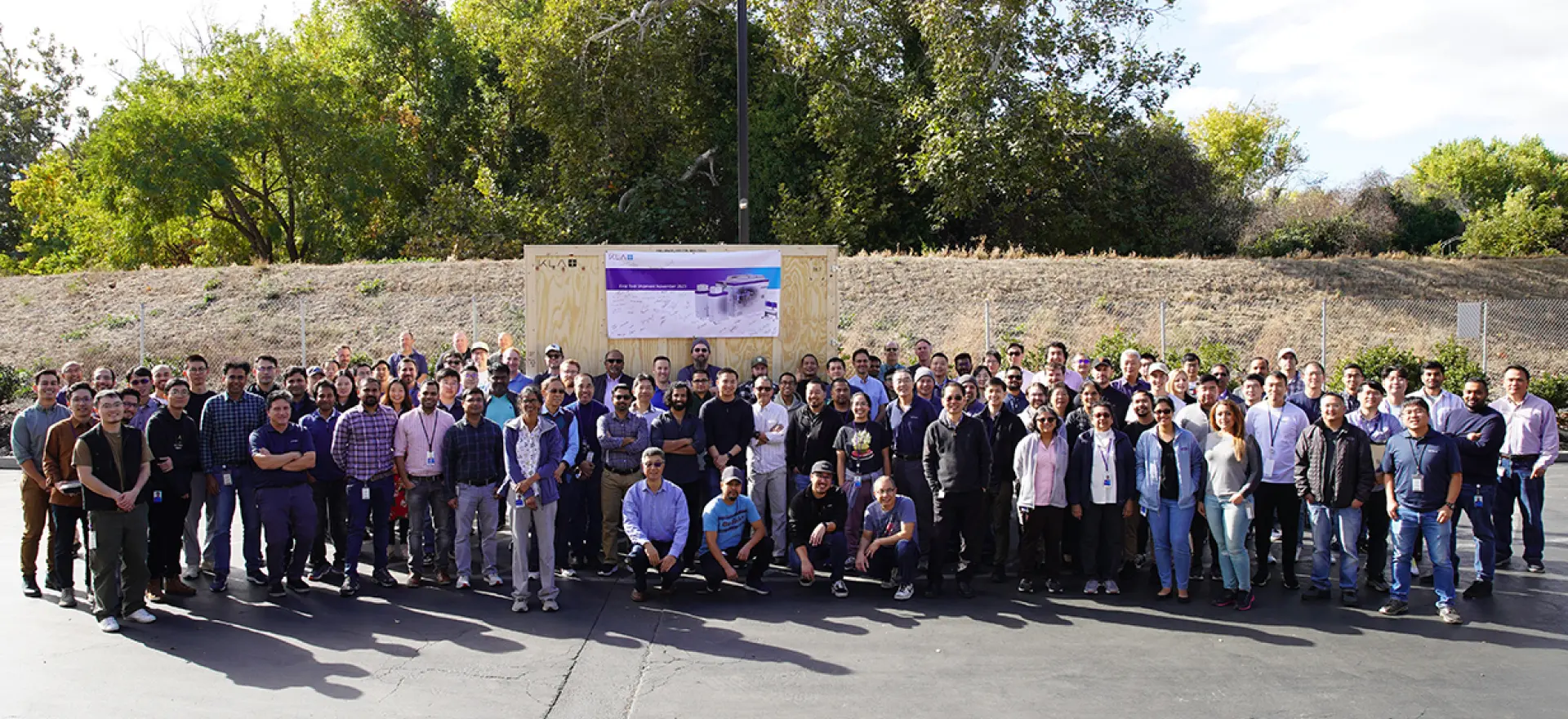
39xx Series Illuminates the EUV Era
The 39xx Series has played a critical role in defect discovery for advanced devices and in the transition to EUV lithography. Utilizing a broadband wavelength range known as super resolution DUV (SR-DUV), the 39xx Series supports discovery of EUV stochastic defects and EUV reticle requalification using Print Check.
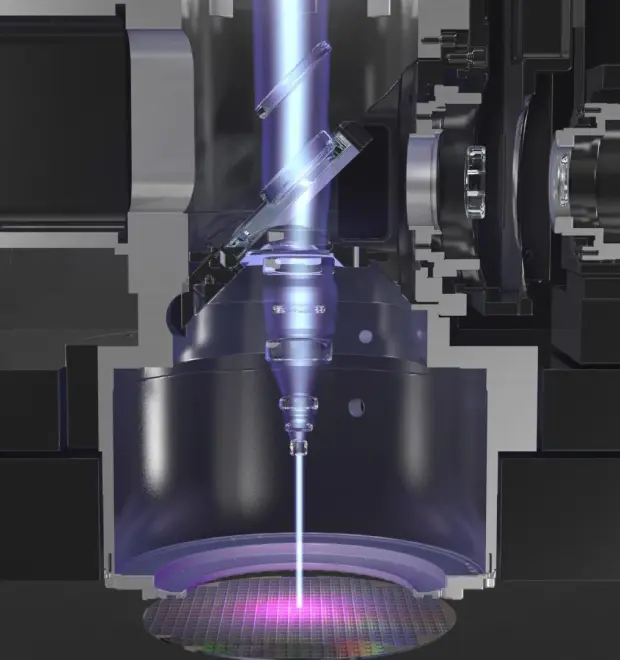
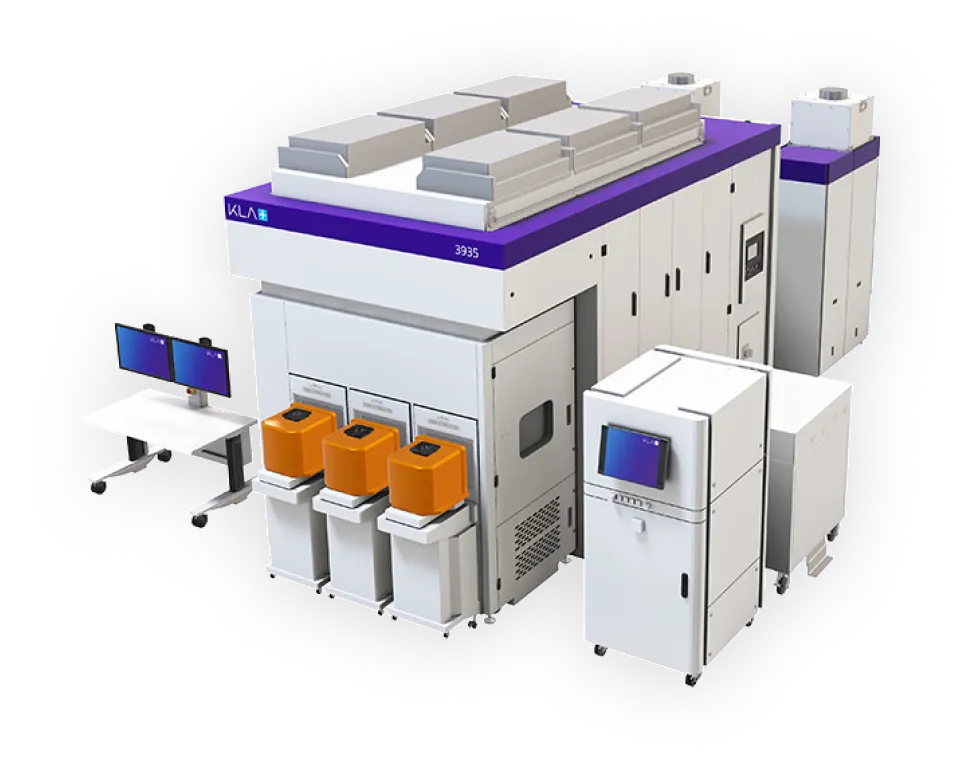
R. Sanapala et al, "EUV reticle print verification with advanced broadband optical wafer inspection and e-Beam review systems," Proc. SPIE 10451, Photomask Technology 2017, 104510L (16 October 2017); doi: 10.1117/12.2281632

The Future is Bright for BBP
Our BBP inspectors help our customers solve their most critical issues. To ensure that we have the right inspectors ready to support our customers' future semiconductor technologies, we continue to drive innovation. Our global team of scientists and engineers are developing new light sources, sensors, novel algorithms and more that will extend broadband optical inspection well into the future.

Learn more about our current BBP product offerings.
BBP ProductsQuestions on our BBP Products?
Contact Us